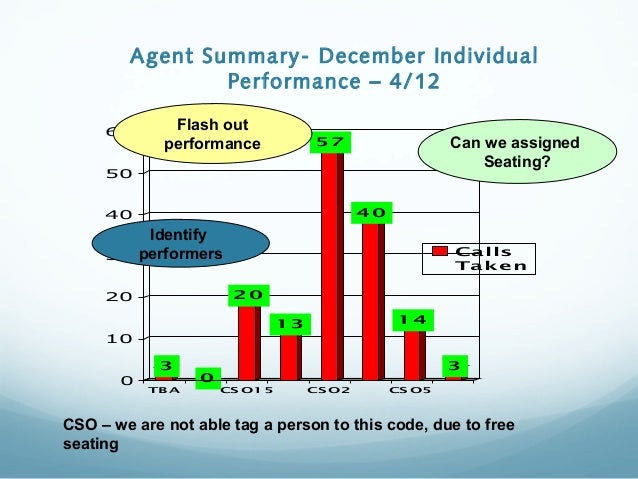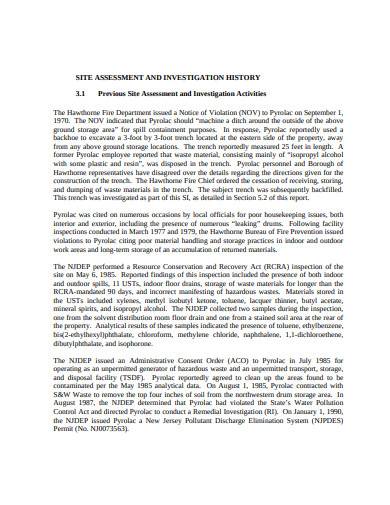

Scope of the engagement: The scope statement may be combined with the objective. Presentation of the audit findings should always be related to the audit’s objective. Purpose of the engagement: A precise statement of the purpose of the engagement can provide coherence to the rest of the report and make it easier to read and discuss. The format and content of the engagement’s conclusions may vary with the type of organization and engagement but should include at least sections describing the purpose, scope, and results of the engagement. Many auditors present their conclusions and recommendations in a PowerPoint presentation. The final presentation to the client no longer requires a written document. Some actions must be taken regardless of the cost to bring the organization into compliance with a law or regulation. The internal auditor should consider the relationship between the cost of a recommended action and the benefit to the organization. The manager will look better to superiors if the audit report states that recommendations were developed after discussion with the manager. Working jointly with the manager to agree on a corrective course of action improves the relationship.

The manager generally has a broader view of the possible consequences of acting upon a recommendation than the auditor. Recommendations are not commands, merely options, and the auditor should not deliver a recommendation as if it were the only possible course of action. Internal auditors should maintain their objectivity when concluding. Once a consulting auditor feels some sense of responsibility for the actions based upon audit recommendations, the auditor’s objectivity for any future assurance audit comes into doubt.
#Project findings and recommendations report how to#
This could be whether to accept a particular contract, how to develop a new software system, or whether a particular company is a good takeover target. This is particularly true in consulting engagements since the auditor may have been called specifically to give advice based on research into a particular problem. The internal auditor is specifically enjoined not to take on responsibilities that rightly belong to management because doing so threatens the auditor’s objectivity. When making recommendations, the auditor should disclose any conflicts of interest such as previous work with the client. The engagement client’s written comments may be included as an appendix to the engagement report, in the body of the report, or a cover letter. If the internal auditor and engagement client disagree about the engagement results, the engagement communications state both positions and the reasons for the disagreement. As part of the internal auditor’s discussions with the engagement client, the internal auditor obtains agreement on the results of the engagement and on any necessary plan of action to improve operations. The audit client’s management won’t always agree with or want to act upon, the auditor’s recommendations. Are the costs realistic in terms of the expected benefits?.Will the recommendations address the root cause?.Basic considerations include (but are not limited to) the following two questions. The internal auditor should go through a logical, thorough process and analyze the recommendations before issuing a report. Time-based recommendations specify the time frame for accomplishing the recommendations.Relevant recommendations relate to the nature of the organization, and they are attainable.Action-oriented recommendations specify the actions that the organization will be able to take.Measurable recommendations can be evaluated to determine whether they have been accomplished.Specific recommendations outline exactly what the organization should aim to accomplish.In practice, recommendations should adhere to the SMART principle as shown below: In other circumstances, the internal auditor may suggest further investigation or study. For example, under some circumstances, the internal auditor may recommend a general course of action and specific suggestions for implementation. Recommendations can be general or specific.

They call for action to correct existing conditions or improve operations and may suggest approaches to correcting or improving performance as a guide for management in achieving desired results. Recommendations are based on the internal auditor’s observations and conclusions. Recommendations answer the question, “How should we fix this problem?” It should address the condition as well as the cause. Reporting recommendations and findings are crucial to audit plan.


 0 kommentar(er)
0 kommentar(er)
